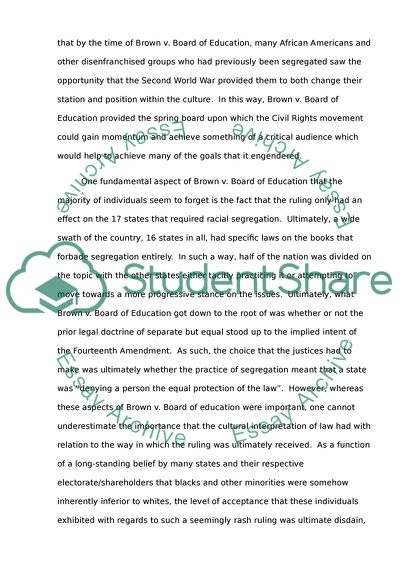Cite this document
(Brown v. Board of Education Research Paper Example | Topics and Well Written Essays - 1500 words, n.d.)
Brown v. Board of Education Research Paper Example | Topics and Well Written Essays - 1500 words. Retrieved from https://studentshare.org/law/1796499-african-american-history
Brown v. Board of Education Research Paper Example | Topics and Well Written Essays - 1500 words. Retrieved from https://studentshare.org/law/1796499-african-american-history
(Brown V. Board of Education Research Paper Example | Topics and Well Written Essays - 1500 Words)
Brown V. Board of Education Research Paper Example | Topics and Well Written Essays - 1500 Words. https://studentshare.org/law/1796499-african-american-history.
Brown V. Board of Education Research Paper Example | Topics and Well Written Essays - 1500 Words. https://studentshare.org/law/1796499-african-american-history.
“Brown V. Board of Education Research Paper Example | Topics and Well Written Essays - 1500 Words”, n.d. https://studentshare.org/law/1796499-african-american-history.


